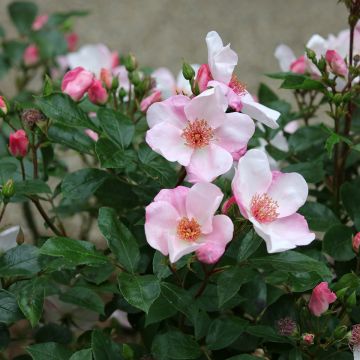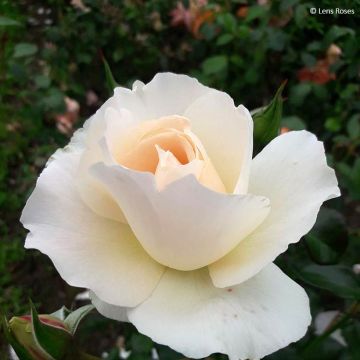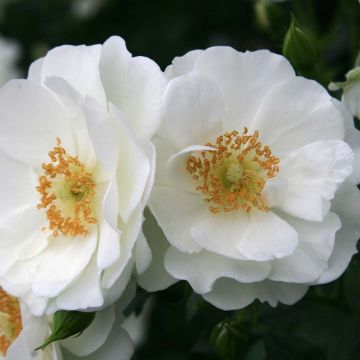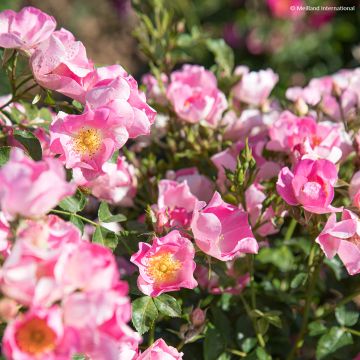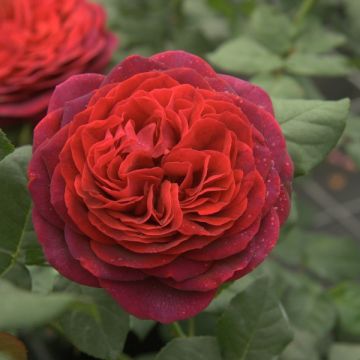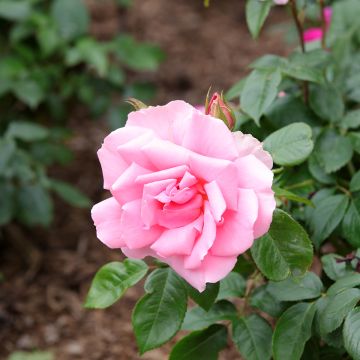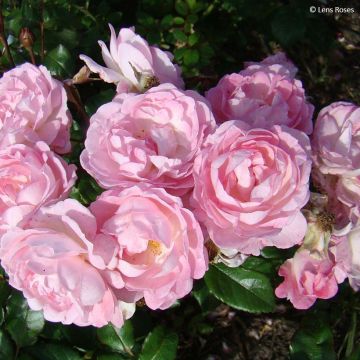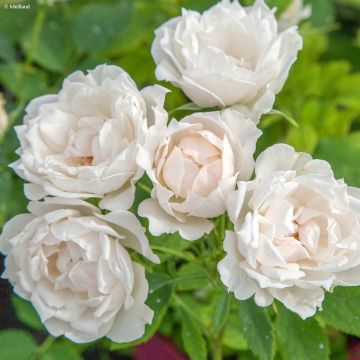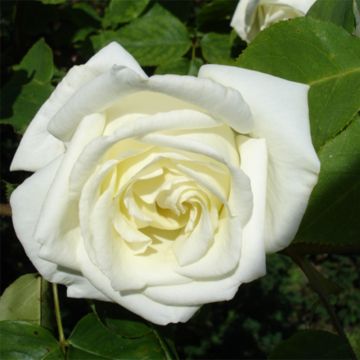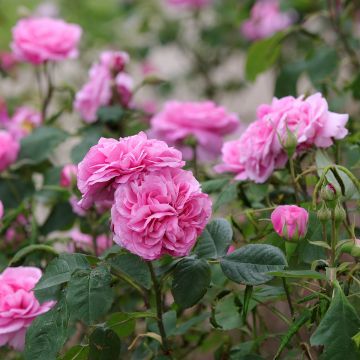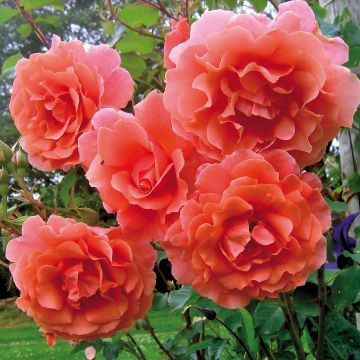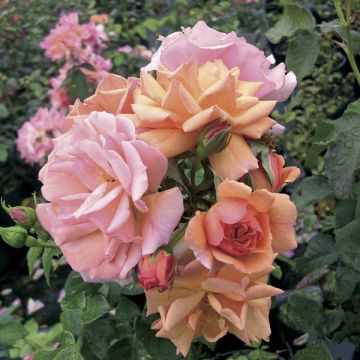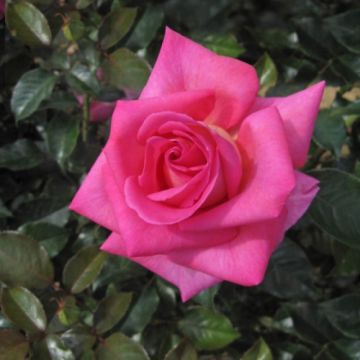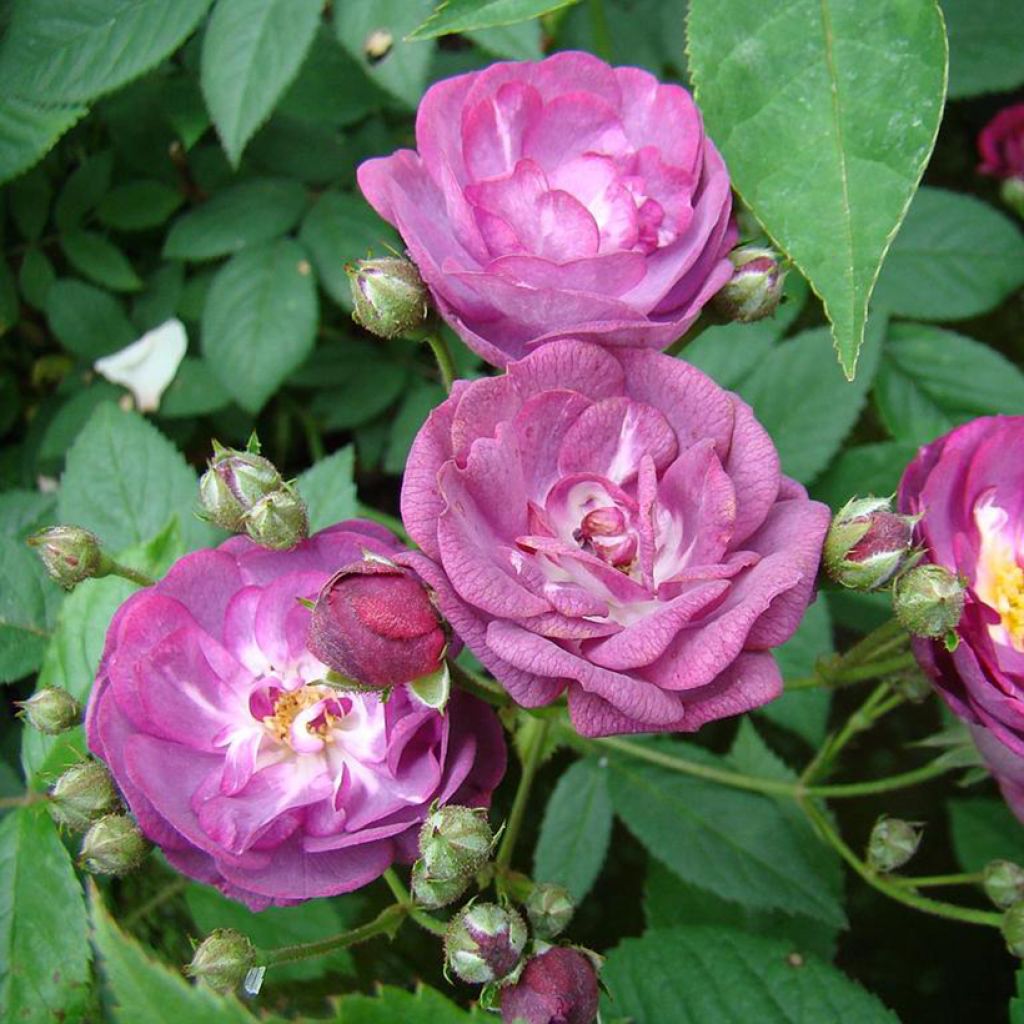

Rosa Sibelius - Hybrid Musk Rose
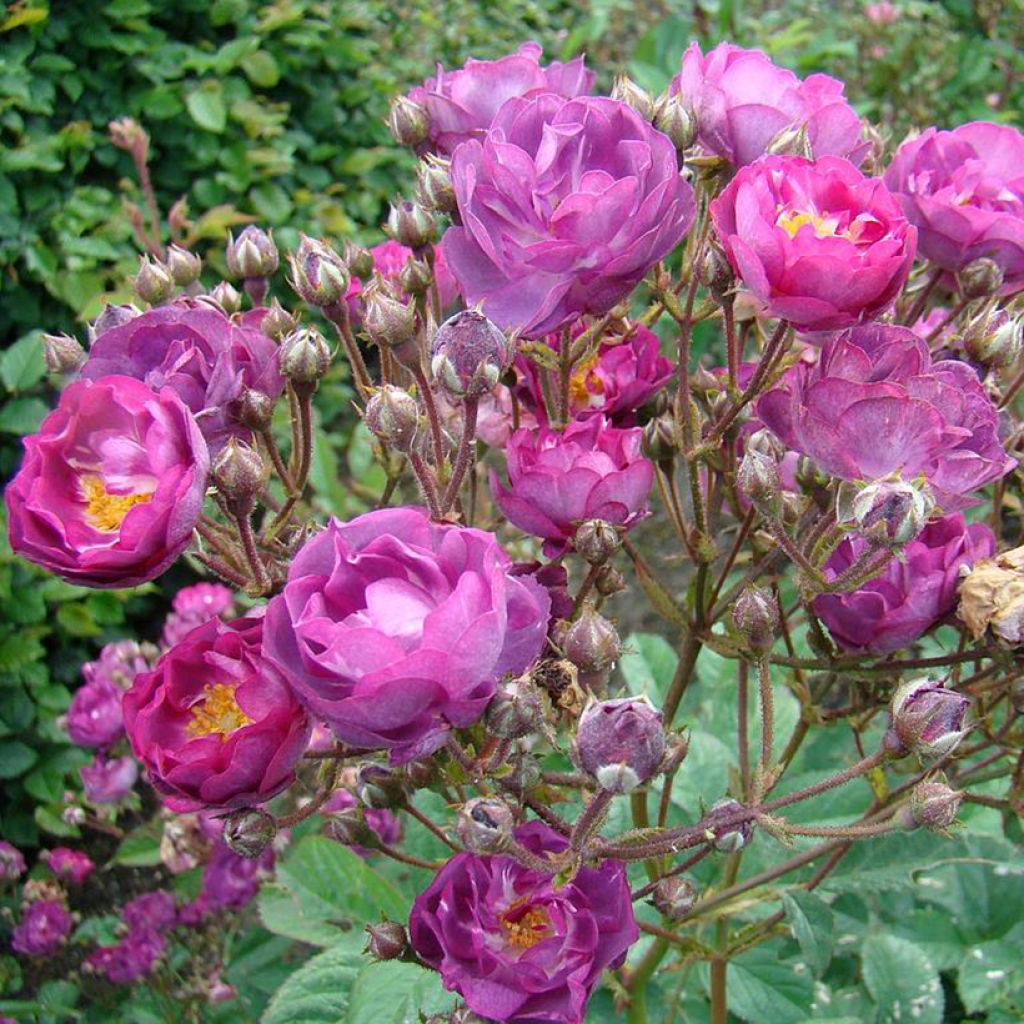

Rosa Sibelius - Hybrid Musk Rose


Rosa Sibelius - Hybrid Musk Rose
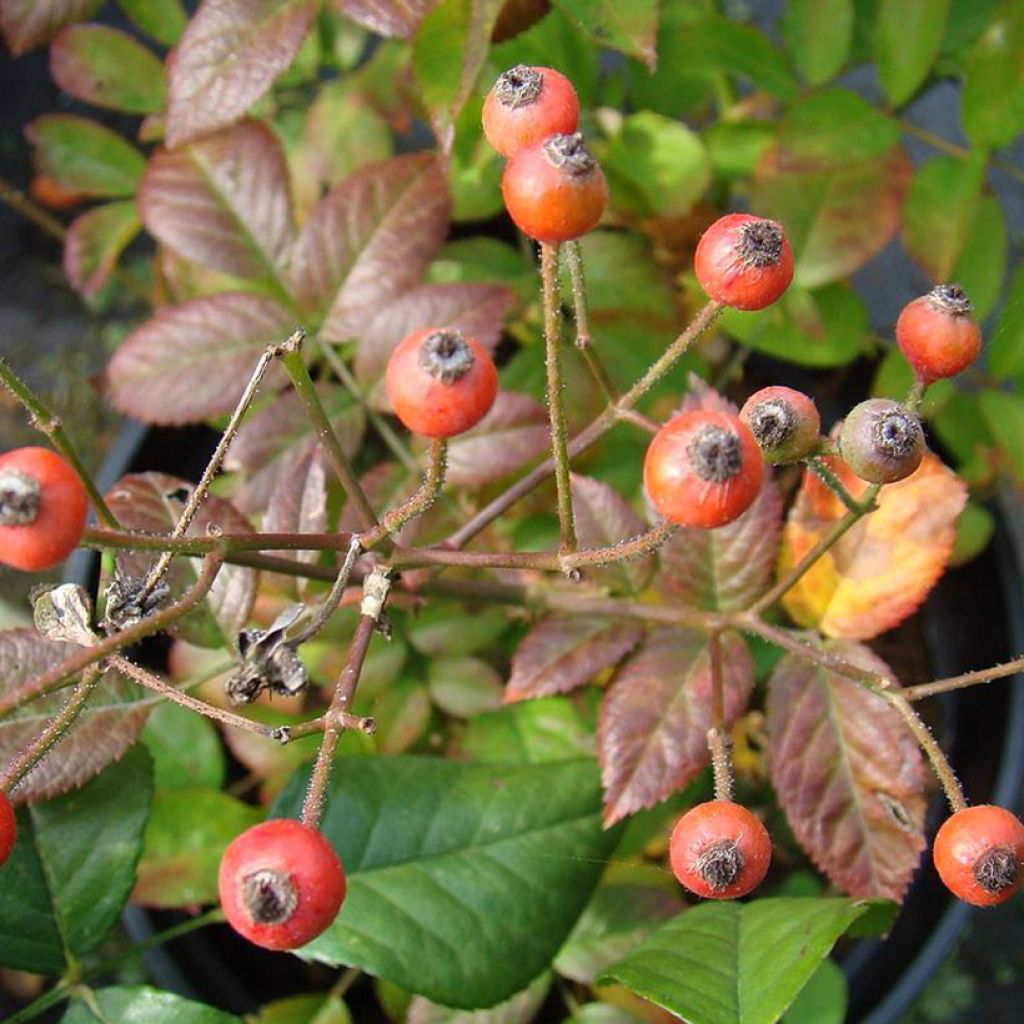

Rosa Sibelius - Hybrid Musk Rose
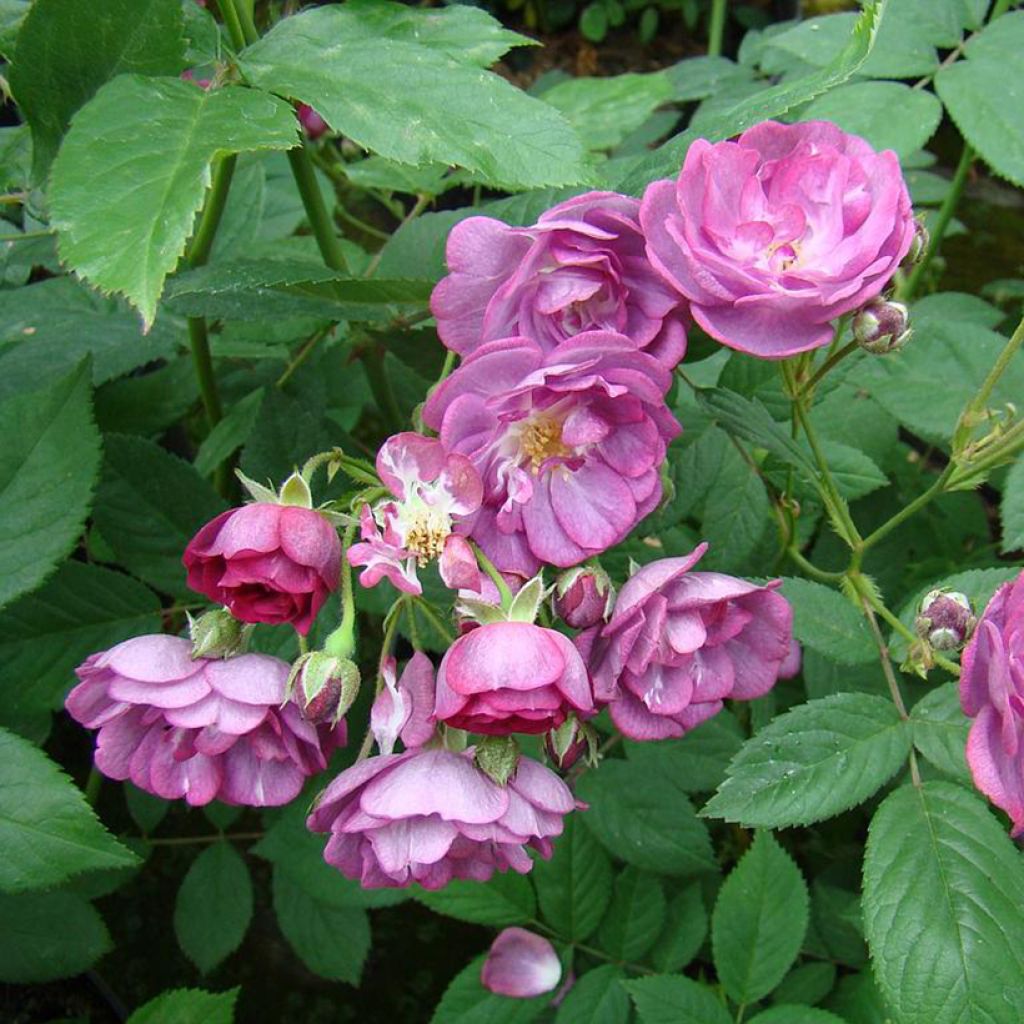

Rosa Sibelius - Hybrid Musk Rose
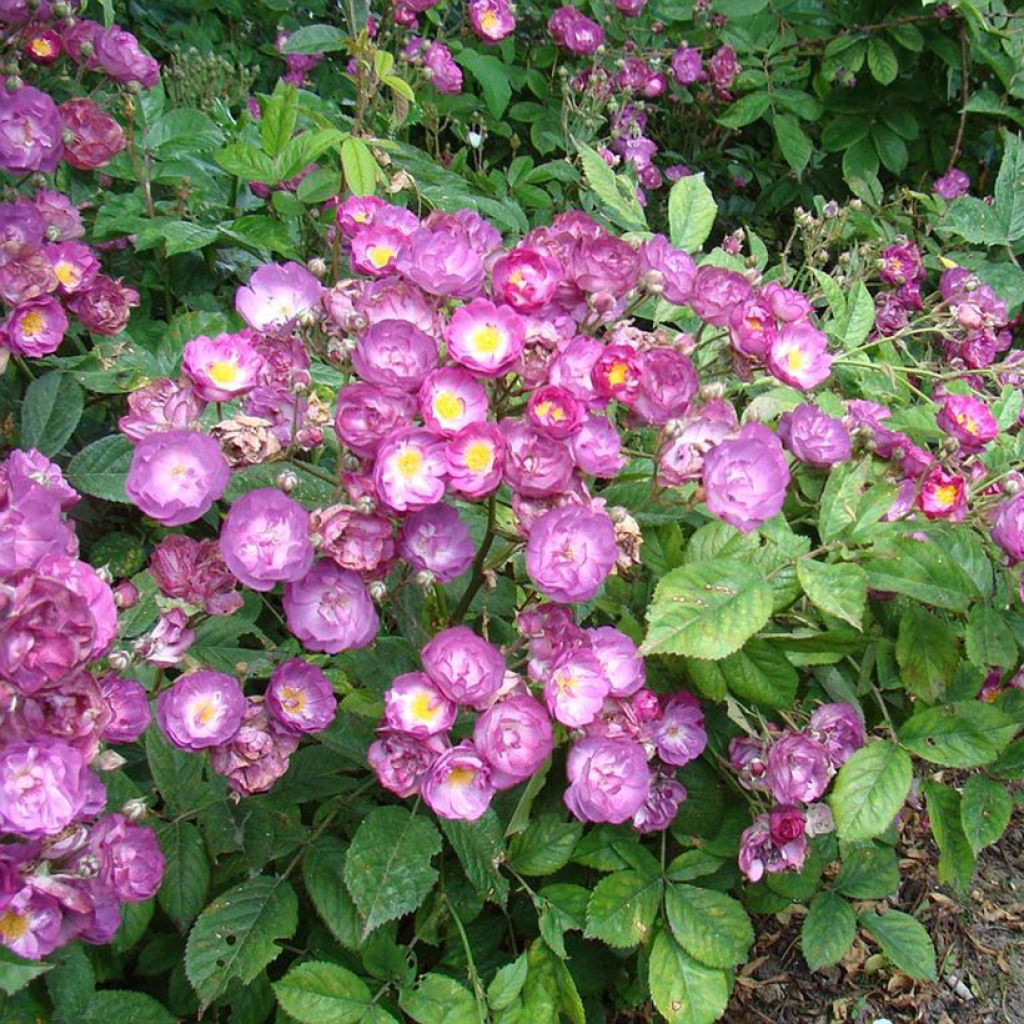

Rosa Sibelius - Hybrid Musk Rose
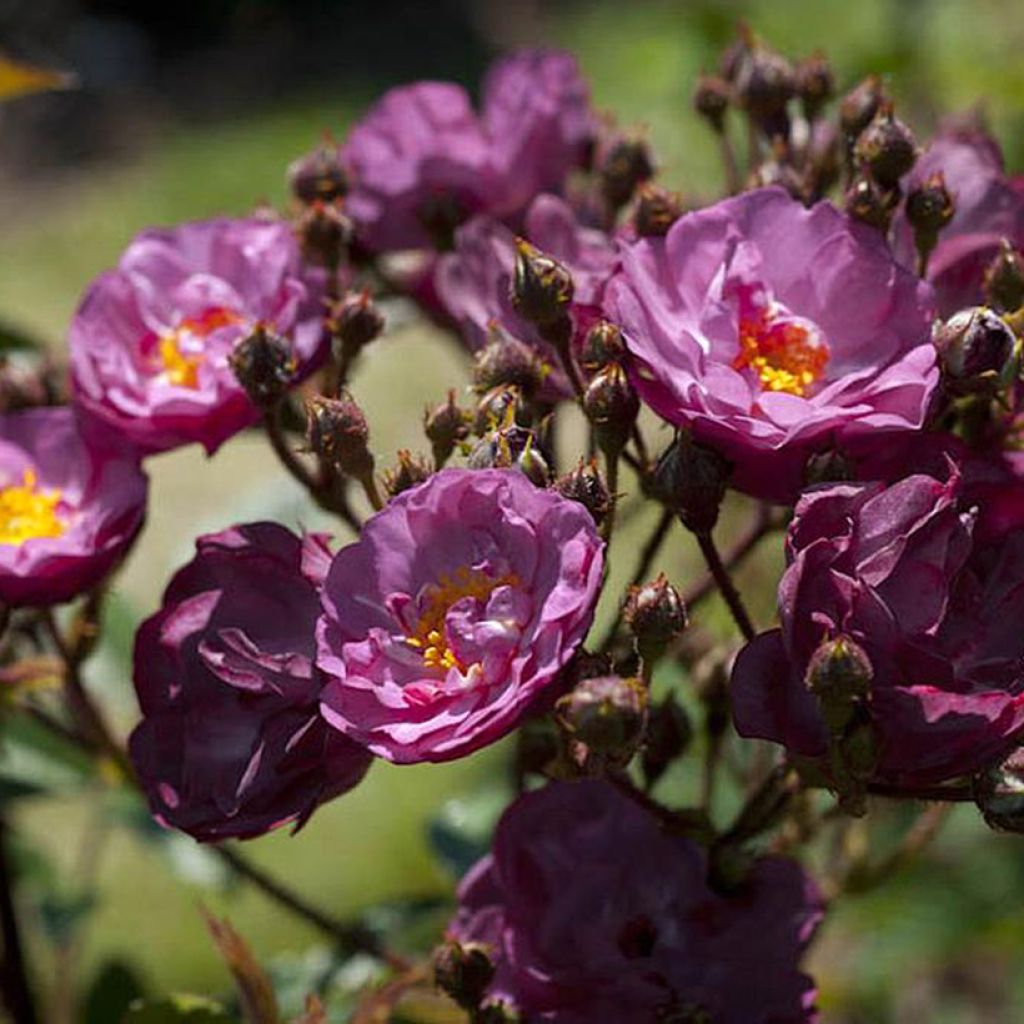

Rosa Sibelius - Hybrid Musk Rose
Rosa Sibelius - Hybrid Musk Rose
Rosa x moschata Sibelius 'LENbar'
Hybrid musk Rose
This item cannot be shipped to the selected country
Delivery charge from €5.90
Delivery charge from €5.90
More information
Delivery charge from €5.90
Delivery charge from €5.90
More information
Schedule delivery date,
and select date in basket
This plant carries a 24 months recovery warranty
More information
We guarantee the quality of our plants for a full growing cycle, and will replace at our expense any plant that fails to recover under normal climatic and planting conditions.
From €5.90 for pickup delivery and €6.90 for home delivery
Express home delivery from €8.90.
From €5.90 for pickup delivery and €6.90 for home delivery
Express home delivery from €8.90.
Does this plant fit my garden?
Set up your Plantfit profile →
Description
Rosa Sibelius, like all of Louis Lens's creations, possesses many charming qualities. This hybrid musk rose has a very natural habit that blooms generously several times between June and September. Its small semi-double flowers are rich in shades of magenta, fuchsia, violet, lilac, lavender and mauve, gathered in round clusters along gracefully bending stems. The plant also produces lovely red hips at the end of the season and its autumn foliage is beautifully coloured. This rose can form a beautiful, almost ground-covering, bush and it tolerates difficult growing conditions. Well worth discovering!
While modern roses are often criticized for their stiffness and weak disease resistance, Louis Lens's creations embody a completely different approach that promotes simplicity, generosity, and robustness. This variety, Sibelius 'LENbar', created by L. Lens in 1984, is a hybrid of the musk rose (Rosa x moschata), probably originating from Asia Minor or the Middle East. Similar to polyanthas and floribundas, roses from this family produce flowers gathered in clusters, but their colours are more refined and they have a more flexible and graceful habit. This rose forms a small bushy, spreading shrub, with flexible branches. It will reach at least 90 cm (35in) tall and 1.20 m (4ft) wide, sometimes up to 1.50 m (5ft) high depending on how it is pruned. Its foliage is divided into fairly dark green, matte leaflets with veins. Overall healthy, it can be susceptible to rose black spot disease at the end of the season or in humid climates. It has deciduous foliage that turns red and yellow before falling in autumn. The flowering is more or less continuous between June and September-October depending on the climate and soil moisture. Removing faded flowers promotes the production of new flowers. Each flower forms a semi-double cup of 3 cm (1in) in diameter. The colour palette is similar to that of the Veilchenblau rose. The heart of the flowers is open to bees and other pollinating insects. This rose is scented, but the scent is just around the flowers. If the flowers are not pruned from August, they transform into small round hips that turn red in autumn. The hardiness of this rose is estimated at -20°C (-4°F).
This little-known Sibelius rose is decorative from spring to autumn and deserves to be planted more. It is a very attractive plant to place at the back of perennial borders, in a large border, or even in a low shrub bed. It pairs well with many easy-to-grow plants such as perennial geraniums (Geranium Blue Cloud, Anne Folkard, Nimbus, Orion), campanulas, nepetas, ground-cover roses in a harmonious colour scheme... Left to its own devices, it will form a flowery dome with soft shapes that will perfectly highlight the opulent flowering of old roses like Charles de Mills, Jenny Duval, or William Lobb. Also consider planting it with a small herbaceous clematis with white, pink, or blue flowers.
Award: Bronze Medal at Baden-Baden in 1981.
Plant habit
Flowering
Foliage
Botanical data
Rosa
x moschata
Sibelius 'LENbar'
Rosaceae
Hybrid musk Rose
Cultivar or hybrid
Other Polyantha clustered Roses
Planting and care
To plant your Sibelius rose, work your soil to a depth of 25 cm (10in) and place a base fertiliser such as bonemeal at the bottom of the planting hole. Remove your rose from its pot and position it by covering the top of the root ball with 3 cm (1in) of soil. Fill in the hole and water generously to remove any air pockets. In dry weather, water regularly for a few weeks to aid rooting. Provide your rose with special rose fertiliser that stimulates flowering.
Roses are often stained or unsightly at the end of summer, but this is not a problem for their development. These stains are not harmful to the rose, it is a natural phenomenon.
Planting period
Intended location
Care
-
, onOrder confirmed
Reply from on Promesse de fleurs
Roses by purpose
Haven't found what you were looking for?
Hardiness is the lowest winter temperature a plant can endure without suffering serious damage or even dying. However, hardiness is affected by location (a sheltered area, such as a patio), protection (winter cover) and soil type (hardiness is improved by well-drained soil).

Photo Sharing Terms & Conditions
In order to encourage gardeners to interact and share their experiences, Promesse de fleurs offers various media enabling content to be uploaded onto its Site - in particular via the ‘Photo sharing’ module.
The User agrees to refrain from:
- Posting any content that is illegal, prejudicial, insulting, racist, inciteful to hatred, revisionist, contrary to public decency, that infringes on privacy or on the privacy rights of third parties, in particular the publicity rights of persons and goods, intellectual property rights, or the right to privacy.
- Submitting content on behalf of a third party;
- Impersonate the identity of a third party and/or publish any personal information about a third party;
In general, the User undertakes to refrain from any unethical behaviour.
All Content (in particular text, comments, files, images, photos, videos, creative works, etc.), which may be subject to property or intellectual property rights, image or other private rights, shall remain the property of the User, subject to the limited rights granted by the terms of the licence granted by Promesse de fleurs as stated below. Users are at liberty to publish or not to publish such Content on the Site, notably via the ‘Photo Sharing’ facility, and accept that this Content shall be made public and freely accessible, notably on the Internet.
Users further acknowledge, undertake to have ,and guarantee that they hold all necessary rights and permissions to publish such material on the Site, in particular with regard to the legislation in force pertaining to any privacy, property, intellectual property, image, or contractual rights, or rights of any other nature. By publishing such Content on the Site, Users acknowledge accepting full liability as publishers of the Content within the meaning of the law, and grant Promesse de fleurs, free of charge, an inclusive, worldwide licence for the said Content for the entire duration of its publication, including all reproduction, representation, up/downloading, displaying, performing, transmission, and storage rights.
Users also grant permission for their name to be linked to the Content and accept that this link may not always be made available.
By engaging in posting material, Users consent to their Content becoming automatically accessible on the Internet, in particular on other sites and/or blogs and/or web pages of the Promesse de fleurs site, including in particular social pages and the Promesse de fleurs catalogue.
Users may secure the removal of entrusted content free of charge by issuing a simple request via our contact form.

































